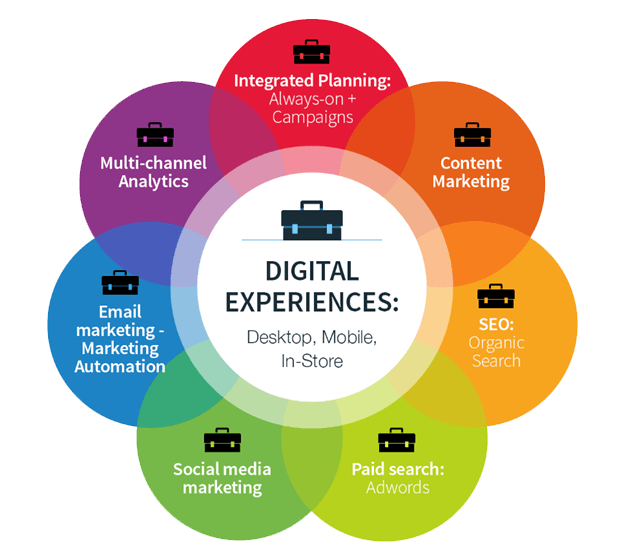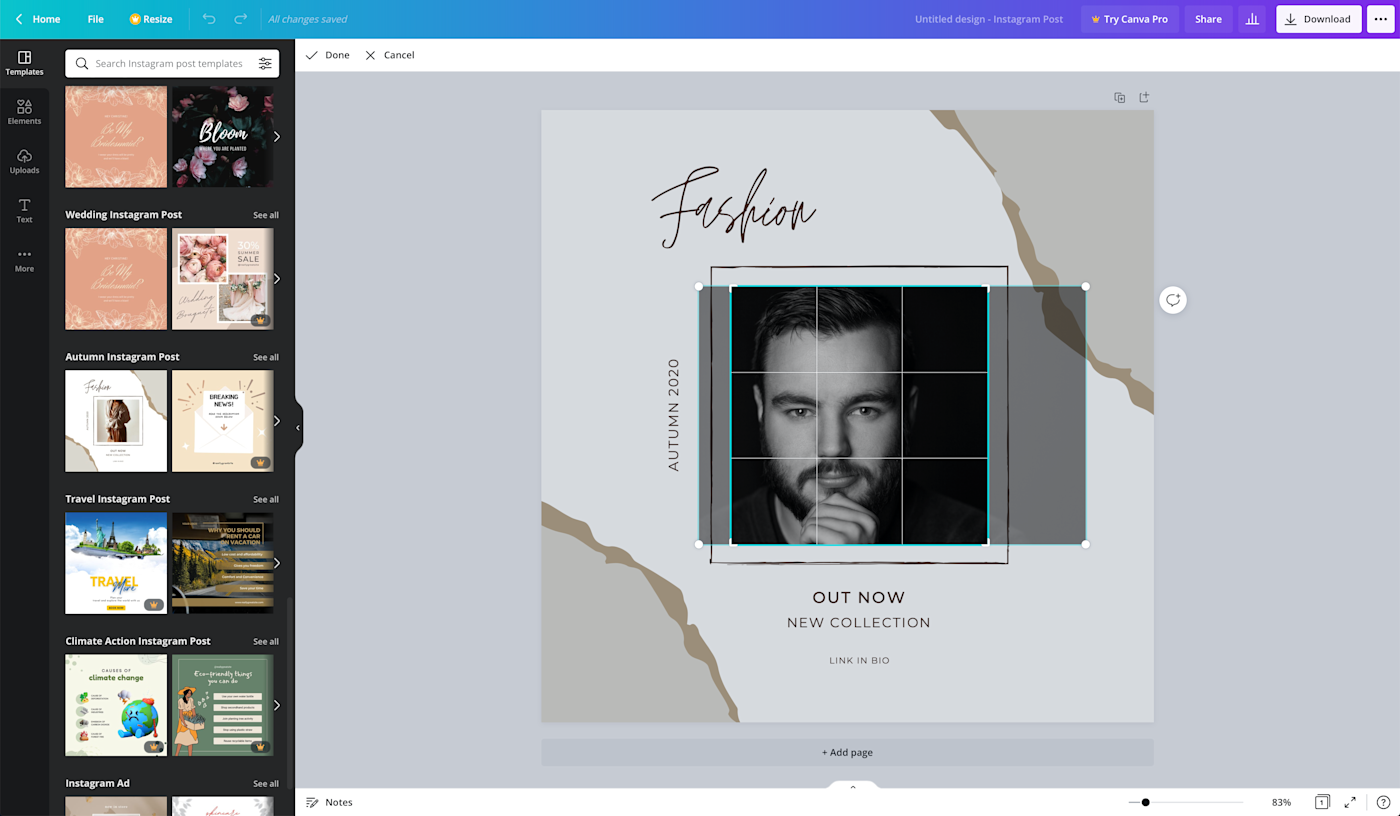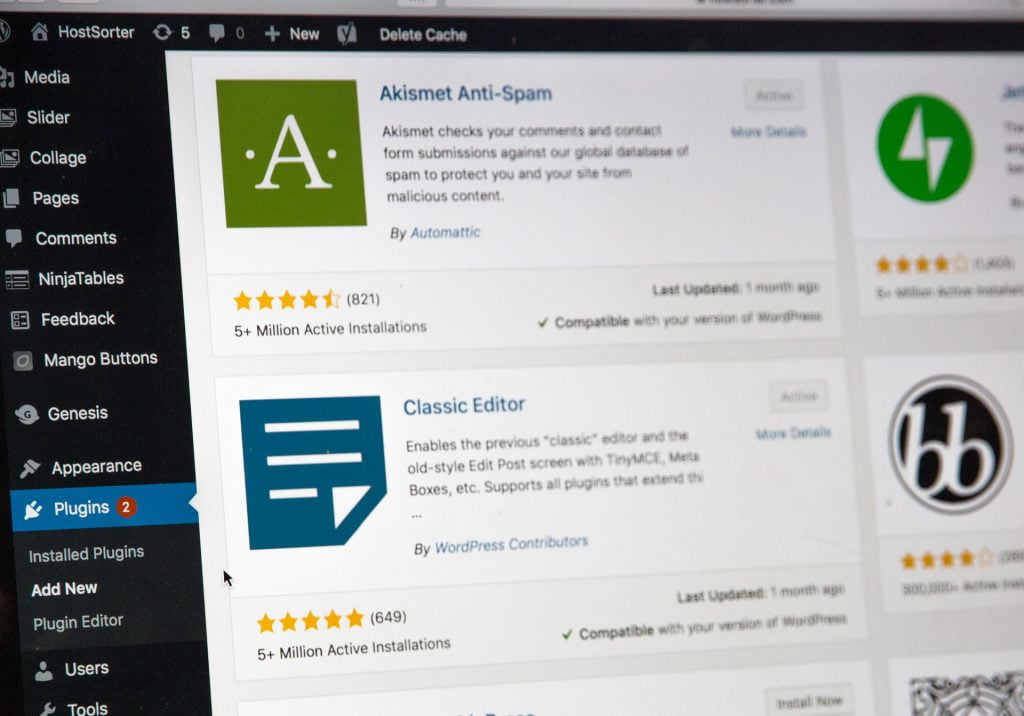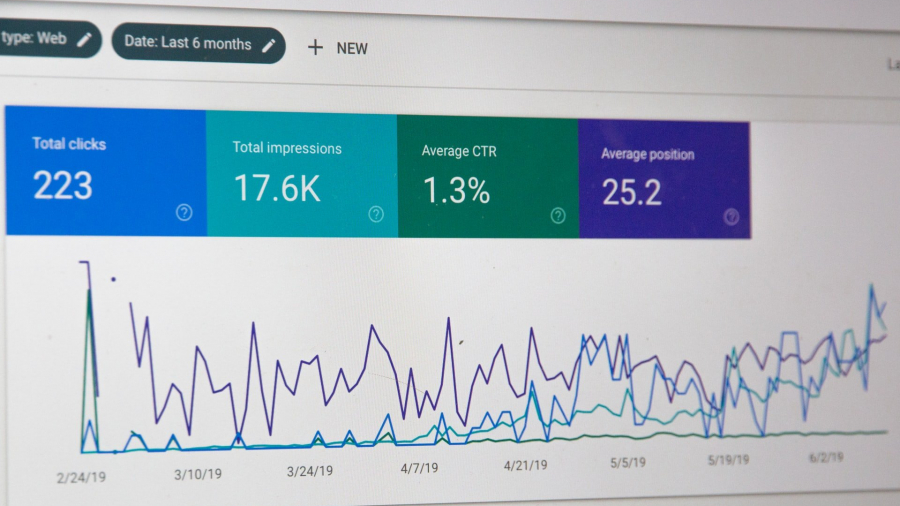
Ever wanted to go into the marketing gig and wondered which digital marketing tech skills were best to learn.
Well in just a few minutes, I’m going to reveal to you the best technical skills to have in marketing.
The world now has technology as its core centre continuously evolving, prompting us brands to dive into digital marketing to increase brand awareness, reach target goals and of course, drive sales and profit. Unfortunately, a lot of business owners and professionals fail to understand the craft necessary to succeed.
As a result, they fail to deliver the best email marketing services and produce content that is personalized to their specific market. This, in the eye of the audience, is seen as a half-baked digital campaign.
Well not to fret, digital marketing can be learnt with hard work, patience and determination. You can train yourself to launch a career in it.
As I promised earlier, here are the best technical skills for marketing you need to succeed.
1. Data Analysis
The need to gather and deploy deep, data-driven insights is becoming essential and data analytics tools are widely available giving digital marketers the insights they need to gather information to learn more about their audience and target them with the right messages.
Data Analytics refers to the use of functional techniques or software to collect and process extensive data gotten from various interaction sources of your target audience.
These interactions come in different forms such as online transactions, search queries, content consumed and other prints relevant to your business.
Companies risk losing to their competitors unless their personnel can use such techniques to increase engagement, and develop more effective campaigns.
Some data analytics software; Altair, AnswerRocket, Board, Domo, and Incorta.
2. Writing and Editing Skills
Writing and editing are not just about producing articles for blogs and landing pages because at the heart of digital marketing is content. It’s about connecting with your audience using relevant and convincing pieces of content to get them to take the desired action.
It’s obvious that having a well-written copy is important in digital marketing. But what can help optimize your content is carefully incorporating SEO keywords in your content.
SEO keywords help your content to rank on search engines when your target audience makes search queries for something related to what you have.
When writing content, make sure to add SEO keywords to keep it evergreen even when someone searches for it two or three years later, the content is still relevant to their information needs.
3. SEO and SEM Skills
No matter how well-written your blog post is, as long as the right audience doesn’t find it, it is useless. Remember, SEO (Search Engine Optimization), and SEM (Search Engine Marketing), are important strategies for driving traffic to your website.
A deep understanding of it translates to better execution of your marketing strategies. Google’s algorithm is constantly changing and it’s essential that as a digital marketer, you are up to date on the changes to stay relevant in the market.
Also, with the Worldwide Web being crowded daily, keeping track of Google’s algorithm changes can help you adapt your marketing plans to align with them and improve your ranking.
4. WordPress /CMS
Today, many companies rely on CMS or a content management platform to do things like publish a blog or create sales pages and forms.
This is more convenient for small or start-up businesses. Big companies create their own custom made CMS platforms to match their brand voice and template.
As a marketer, knowing your way around a CMS tool is an addition to your marketing skills, especially if working with content.
It shows that you can add, edit and publish content, add and edit forms, build your sales page and more. It is one of the best technical skills to have in marketing.
To get acquainted with it, install a free WordPress site, practice formatting and publishing posts, and try adding WordPress plugins to extend your site’s functionality.
5. Photo and Design Skills

In the world of marketing, the text isn’t always everything, it gets boring and tiring to the human eye. A well-designed image on the hand can help create more engagements with your content and increase traffic to your website.
As a marketer, this is a very valuable digital marketing skill.You don’t have to be an expert in photoshop or so, but as long as you can capture the brand’s concept and bring it to life, then you are good.
There are a lot of free tools made available for digital marketers including editing apps that make it easy to be done even on your smartphone.
Some of these apps are; Canva, SnapSeed, Adobe Lightroom
6. Mobile Marketing
According to Hubspot statistics, almost half of B2B buyers do product research on their mobile devices while at work, while 51% of consumers have discovered a new company using their smartphone
.Because there seems to be no end to mobile marketing growth, businesses are now looking for a way to make their content more mobile friendly.
So keep in mind that while creating content, you have to find innovative and creative ways to appeal those content to the mobile device to reach people.
7. Office Tech Skills- Spreadsheets and Slide Decks
If you’re learning digital marketing, it’s worth looking at the less flashy tools that have been around for quite some time. Microsoft Office Excel and PowerPoint (or their equals Google Sheets and Google Slides) van be useful to you as a digital marketer.
A spreadsheet is an indispensable tool used to track and organize data. You can spreadsheet to keep track of data and check off tasks, document KPIs and even manage and create content and social media calendars.
Similarly, knowing your way around a slide deck presentation as a digital marketer can be helpful because a well-organized presentation can help explain to others what you’re trying to pass along.
It also creates trust with your team members. Besides, a good presentation is convincing, it can help get you on your team or boss’s side to help bring your ideas to life.
Above are some of the best technical skills in marketing. Remember, learning these skills take time and hard work and once learnt well can set you off career-wise or help your business reach new heights.
















